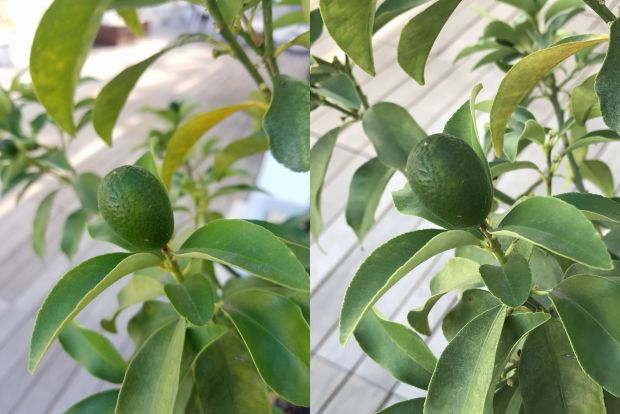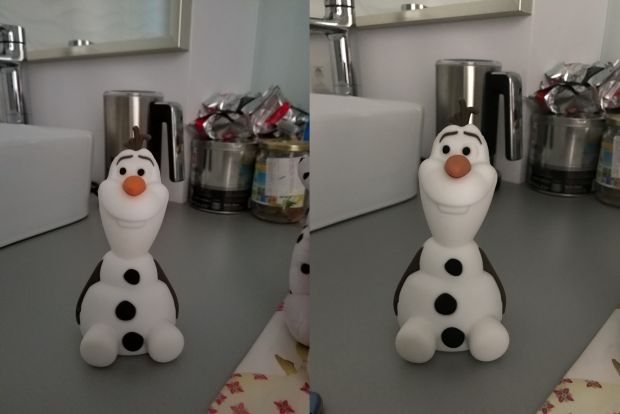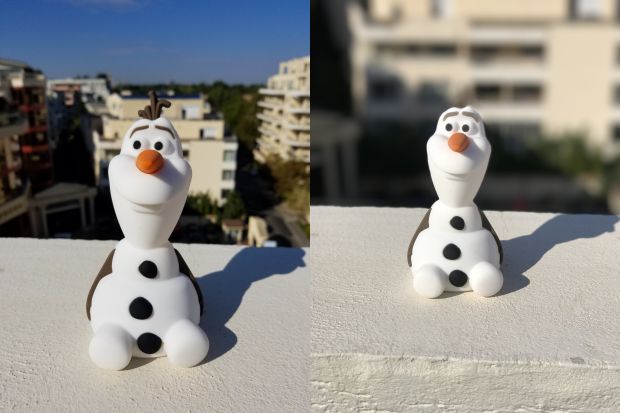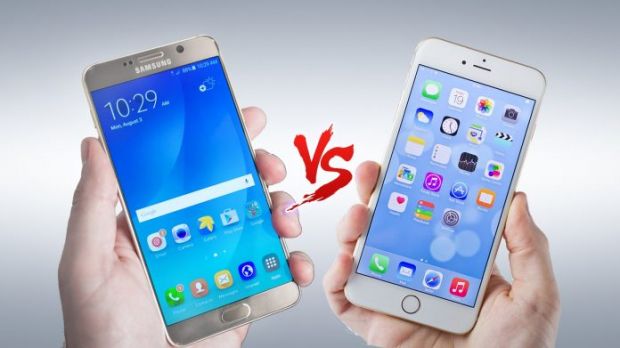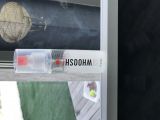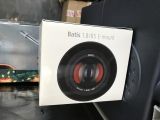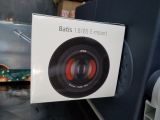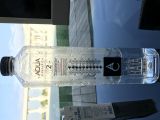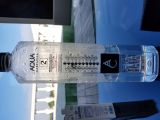It goes without saying that the iPhone 7 Plus and the Samsung Galaxy Note 7 are two of the top smartphones available on the market right now, and leaving aside the technical problems experienced by the latter, there’s absolutely no doubt that both are going to sell in huge numbers.
But while they’re both very compelling choices for customers worldwide, it might be a little bit hard to choose the better one when the focus is on one specific feature, such as the camera. So while we were working on our iPhone 7 Plus review, we decided to give you a little preview of how the cameras of the two phones perform in real-life. No editing, no effects, just photos copied from the phone.
Before anything, let’s review the technical specifications of the two cameras (keep in mind that it’s the iPhone 7 Plus model we’re talking about here, and not the standard iPhone 7):
| iPhone 7 Plus | 12MP wide-angle and telephoto cameras Wide-angle: ƒ/1.8 aperture Telephoto: ƒ/2.8 aperture Optical zoom at 2x; digital zoom up to 10x Dual 12 MP, (28mm, f/1.8, OIS & 56mm, f/2.8), phase detection autofocus, 2x optical zoom, quad-LED (dual tone) flash |
|---|---|
| Samsung Galaxy Note 7 | 12MP rear camera with dual pixel CMOS 5MP front camera f/1.7, 26mm, phase detection autofocus, OIS, LED flash 1/2.5" sensor size, 1.4 µm pixel size, geo-tagging, simultaneous 4K video and 9MP image recording, touch focus, face/smile detection, Auto HDR |
It’s not a surprise that both companies have invested substantially in making their cameras better and, on paper, this is more than obvious. Samsung’s Note 7 comes with the signature Dual Pixel technology that helps shoot high-quality photos in low light, while the iPhone 7 Plus sports a dual-camera system that includes a telephoto lens with 2x optical zoom.
But while the spec sheet is indeed impressive, how are the two phones performing in real life? Read on and check out the samples below to see for yourselves.
Let’s start with the most common test: optimal light conditions. When the ambient light is just perfect for taking pictures, the difference between the two is not that substantial.
Both phones provide an impressive amount of details, but we’ve found the Note 7 to be slightly better here, especially when zooming in on the photo. The iPhone 7 Plus still relies significantly on software processing and, in an attempt to make colors look more natural, it adds a slight tint of yellow to the majority of photos. Some look good, some don’t, but the Note 7 is a bit more consistent and maintains colors in a wider array of environments and lighting conditions.
The brightness level is also similar in optimal conditions and it’s because the specs of the sensors aren’t that different (iPhone 7 Plus – F1.8/28mm vs. Note 7 – F1.7/26mm), but this small difference between the two also translates to slightly better brightness for the Note in some cases. Colors are also vivid in most photos for the two phones and the Note 7 sometimes offers better contrast, especially when a larger amount of blue is detected – such as skies.
LOW-LIGHT PHOTOS
While the Note 7 is only slightly better in the case of optimal light conditions, the difference is much more substantial when low light is involved.
Samsung’s Dual Pixel tech is really paying off and the 1/2.5” sensor size and 1.4um pixel size is really paying off. The Note 7 maintains colors and reduces noise in low-light conditions in a much more effective way, without impacting photo quality too much. On the other hand, the iPhone 7 Plus isn’t offering the same results, despite clearly bringing a huge improvement over its predecessor.
Although it does control brightness very well, the iPhone 7 Plus loses points when it comes to colors and sharpness, and the amount of noise is unexpected to say the least. The Note 7 also appears to adjust colors correctly, using a yellow shade for photos shot in super low-light conditions, whereas the iPhone 7 Plus seems to be adding too much red, making the photo look unnatural.
PORTRAIT MODE
Apple has recently introduced a new portrait mode for iPhone 7 Plus in the latest iOS 10 beta update before the company eventually releases it to all users. Simply called… “portrait,” the new mode is supposed to do exactly what its name suggests and help shoot portrait photos more easily.
Samsung has its own mode called “Selective Focus” that helps achieve the same goal, but again, there’s a slight difference between the two: the iPhone 7 Plus is adding a bigger amount of blur and sometimes it even covers the margins of the subject, while the Note 7 uses a small amount and adds a little bit of sharpness to improve detail quality of the subject.
Also, we've noticed oversaturation in the case of the iPhone 7 Plus, especially on people's faces when light or sunlight is on the face of the subject. This is mostly due to software processing, so Apple can fix it with future updates.
THE BOTTOM LINE
In the end, it’s very clear that the iPhone 7 Plus and the Note 7 continue to be two of the best (if not the best) choices out there right now, and if it weren’t for the defective batteries, the Samsung model would already be a best seller.
When compared to the iPhone 7 Plus in camera photo quality, the Note 7 seems to be the winner, but Apple’s new model isn’t very far behind. Of course, results can depend on subject, colors, and lighting conditions, but in most of the cases, the Note 7 provides a bigger level of detail, better brightness especially in low light, and remains consistent in changing conditions. The iPhone 7 Plus still relies a lot on post-processing, but offers a substantial improvement over the iPhone 6s Plus.
Both models boast very fast focus and the iPhone 7 Plus also has a secondary telephoto lens with 2x digital zoom that makes almost no difference in 90 percent of the cases despite its specs, so although it comes with a dual-camera system, you’re likely to feel like using a single-lens unit most of the time anyway.

 14 DAY TRIAL //
14 DAY TRIAL // 